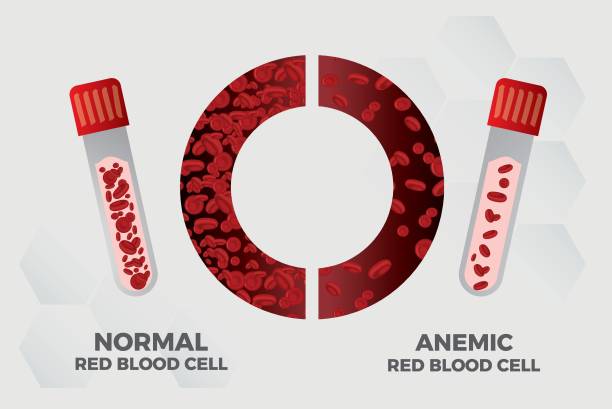Thalassemia is a genetic blood disorder that affects the production of hemoglobin, the protein in red blood cells that carries oxygen throughout the body. There are different types of thalassemia, ranging from mild to severe, but all forms can lead to anemia, a shortage of red blood cells, and a variety of symptoms.
In individuals with Thalassemia, the body produces either too little hemoglobin or red blood cells, leading to anemia and a variety of related symptoms.
Symptoms of Thalassemia
Fatigue and weakness: The lack of hemoglobin in the blood can lead to fatigue and weakness. Individuals with Thalassemia may feel tired, run down, and short of breath even with moderate exertion.
Pale skin: The reduced number of red blood cells can cause the skin to appear pale, especially the lips and gums.
Dark urine: Hemoglobin is excreted in the urine, and a high amount of hemoglobin in the urine can cause it to appear dark in color.
Abdominal swelling: In severe cases of Thalassemia, the spleen can enlarge, causing abdominal swelling and discomfort.
Delayed growth and puberty: Children with Thalassemia may have delayed growth and puberty. They may also experience a loss of appetite and weight loss.
Bone deformities: Thalassemia can cause bones in the face, skull, and jaw to become misshapen or enlarged.
Heart problems: Thalassemia can put a strain on the heart, leading to heart problems and an increased risk of heart failure.
Treatment for Thalassemia
The treatment for thalassemia varies depending on the severity of the condition, but may include the following:
Blood Transfusions: This is the most common treatment for moderate to severe thalassemia. It involves receiving regular infusions of donated red blood cells to replace the abnormal hemoglobin in your blood.
Iron Chelation Therapy: People with thalassemia often receive many blood transfusions over time, which can lead to a buildup of iron in the body. Iron chelation therapy helps remove excess iron from the body and prevent iron overload.
Bone Marrow Transplant: This is a treatment option for people with severe thalassemia who do not respond to other treatments. A bone marrow transplant replaces the person’s own bone marrow with healthy bone marrow from a donor.
Folic Acid Supplements: Folic acid supplements can help reduce the severity of anemia and improve the effectiveness of blood transfusions in people with thalassemia.
Genetic Counseling: People with thalassemia or their families may benefit from genetic counseling to understand their risk of passing the condition on to their children.
Thalassemia is a serious condition that requires ongoing medical care. If you or a loved one has been diagnosed with thalassemia, it is important to work with a healthcare provider to develop a treatment plan that meets your specific needs. With proper care, people with thalassemia can lead long and healthy lives.
Thalassemia is a genetic blood disorder that affects the production of hemoglobin. Symptoms of Thalassemia include fatigue, weakness, pale skin, dark urine, abdominal swelling, delayed growth, bone deformities, and heart problems. Treatment for Thalassemia may include blood transfusions, iron chelation therapy, bone marrow transplant, and lifestyle changes. If you suspect you may have Thalassemia, it is important to speak with your doctor for a proper diagnosis and treatment plan.

 Home
Home Health
Health Diet & Nutrition
Diet & Nutrition Living Well
Living Well More
More












